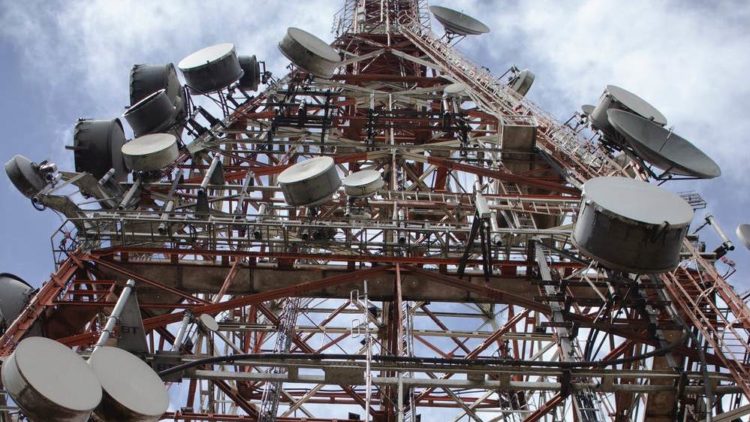A couple of years back I rode my first bus to witness a 5G drive test. It was a demo by Huawei of its 5G solution in select streets in London. The point of the exercise was to simulate real on-road user environment. While it is not a real-world use-case in the sense that the service being tested is still under development – yes, its 5G – it was nonetheless interesting.
One expert noted that such drive tests do not generate any outcome but help define the validity of sample size collected. Such drive test exercises are expensive due to the dependency on running the simulation environment in a vehicle with commercial connections.
Fast-forward to 2020 and Nokia announced a zero drive test (ZDT) solution it claims is 100% automated. Nokia also claims the solution offers deeper insight on network performance while helping reduce carbon emissions.
In August, Nokia announced that 3 Indonesia will use its zero drive test to help the operator optimise and expand its LTE network coverage and capacity, and enhance user experience.
It is powered by Nokia’s AVA Cognitive Services which allows mobile operators to transform their network, service and business operations through the application of AI and automation helping them to predict and resolve network issues and improve the customer experience.
The solution will provide a clear view of network performance, capacity, radio signal coverage and traffic localization and collects similar drive test information with higher accuracy, speed and efficiency for network optimization and acceptance purposes. It also provides a much broader and more comprehensive view than conventional drive tests which only provide a snapshot of network performance along the drive test route. According to Nokia, its solution can identify the experience for subscribers inside buildings, or contrast performance in the same location at different times of the day. This data will help 3 Indonesia to optimize radio base station LTE and improve any congested capacity or poor coverage spots.
Desmond Cheung, CTO of 3 Indonesia, said, "With increasing data demand and subscriber growth, together with Nokia, we continue to strengthen our network capability to effectively enhance our user experience. The implementation of the Zero Drive Test solution keeps us focused on delivering the best quality network for our customers.”
In June 2020, Opensignal noted that users reported improvements in mobile network experience.
“What's most interesting is that pretty much everything now uses a mobile data connection to work. So, if the mobile broadband experience is weak, or has issues with consistency, it affects how easy it is to communicate, especially on real-time communication services like voice/VoIP, video conferencing,” said Ian Fogg, VP Analysis, Opensignal.
One industry spokesperson who asked not to be named added that AY-based solutions may be a way forward in the evolution of performance testing and data collection. “However, there are other situations like 3rd party benchmarking carried out by regulators, customer bodies that are inclined to conduct their own drive tests. He noted that operators may continue to opt to use physical drives test to ensure they can replicate the results from simulations.”





